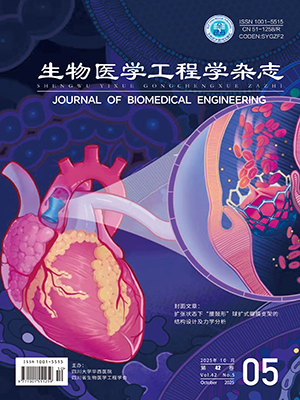The pediatric cadaver impact experiments were reconstructed using the validated finite element(FE) models of the 3-year-old and 6-year-old children. The effect of parameters, such as hammer size, material parameters and thorax anatomical structure characteristics, on the impact mechanical responses of 3-year-old and 6-year-old pediatric thorax was discussed by designing reasonable finite element simulation experiments. The research results showed that the variation of thorax contact peak force for 3-year-old group was far larger than that of 6-year-old group when the child was impacted by hammers with different size, which meant that 3-year-old child was more sensitive to hammer size. The mechanical properties of thoracic organs had little influence on the thorax injury because of the small difference between 3-year-old and 6-year-old child in this research. During the impact, rib deformation led to different impact location and deformation of internal organs because the 3-year-old and 6-year-old children had different geometrical anatomical structures, such as different size of internal organs. Therefore, the injury of internal organs in the two groups was obviously different. It is of great significance to develop children finite element models with high biofidelity according to its real anatomical structures.
Citation: CUI Shihai, HAN Xu, LI Haiyan, LU Wenle, HE Lijuan, RUAN Shijie. Research on thorax impact injury of children at different ages based on finite element models. Journal of Biomedical Engineering, 2018, 35(5): 713-719. doi: 10.7507/1001-5515.201712041 Copy
Copyright © the editorial department of Journal of Biomedical Engineering of West China Medical Publisher. All rights reserved




